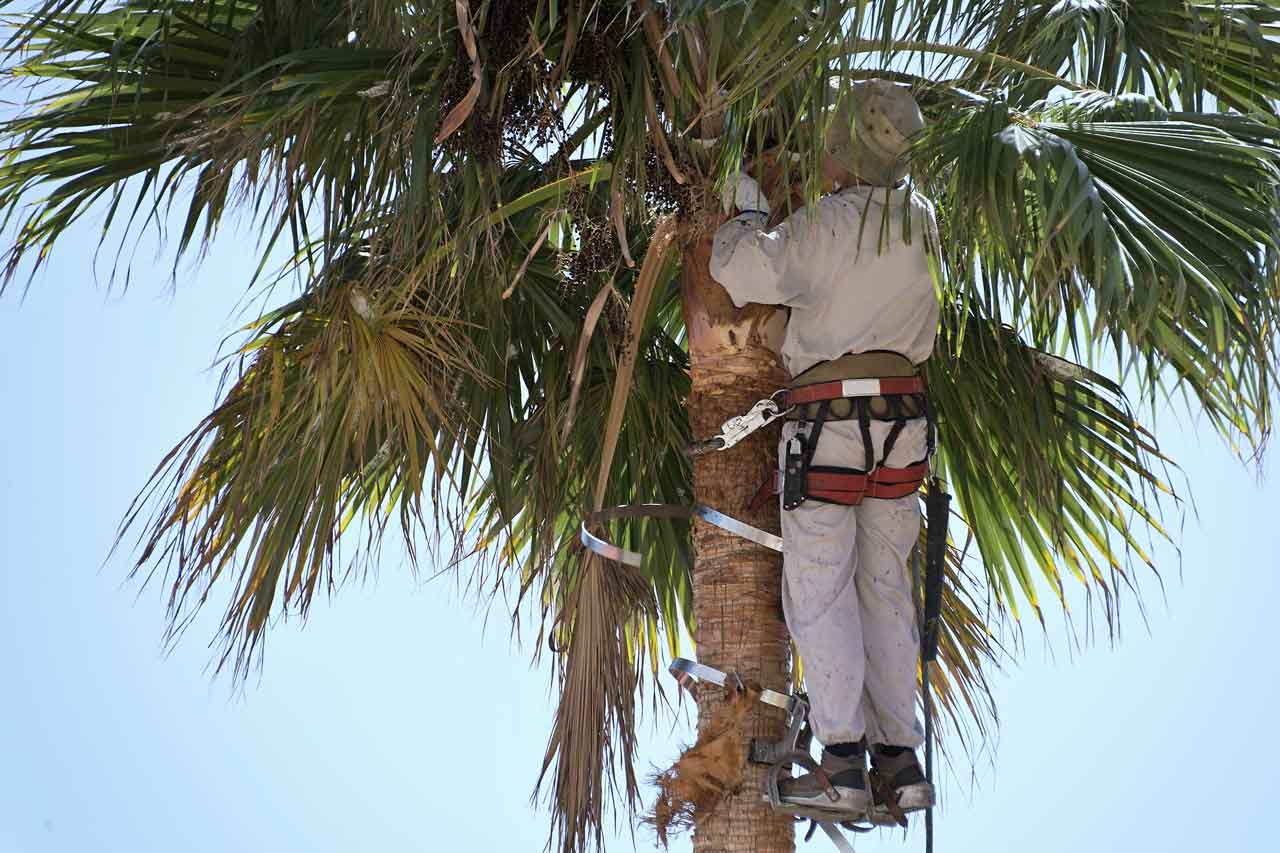
Get matched with top trees & shrubs treat, protect and maintainers in your area
Enter your zip and get matched with up to 3 pros
Matching on HomeAdvisor


Trees & shrubs treat, protect and maintainers in Paradise Valley
At Pacheco Landscaping AZ LLC, we take great pride in our experience, expertise, quality and customer service that we provide to meet the consumers needs. It is our mission to provide excellent workmanship and complete customer satisfaction from start to completion of a project. In order to understand the needs and expectations of our customers, we take great care to work and communicate with every customer in a professional manner. Our reputation is based on service, safety and quality, regardless of how large or small the job.
"Good job and on time"
Brian L on February 2025
At Pacheco Landscaping AZ LLC, we take great pride in our experience, expertise, quality and customer service that we provide to meet the consumers needs. It is our mission to provide excellent workmanship and complete customer satisfaction from start to completion of a project. In order to understand the needs and expectations of our customers, we take great care to work and communicate with every customer in a professional manner. Our reputation is based on service, safety and quality, regardless of how large or small the job.
"Good job and on time"
Brian L on February 2025
Trees & shrubs treat, protect and maintains FAQs
The optimal transplanting season depends on your tree species, but most trees respond best when moved during dormancy. For deciduous trees, late fall after leaf drop or early spring before bud break provides the lowest stress periods. Evergreens transplant better in early fall or late summer when soil temperatures remain warm enough for some root growth. Avoiding transplanting during active growth periods helps trees direct energy toward establishing new roots rather than supporting foliage.
While technically, trees of any size can be transplanted with the right equipment and expertise, practical considerations limit what's reasonable for most homeowners. Trees with trunk diameters under 15 inches are most commonly transplanted in residential settings. Success rates decline as trees increase in size and age, with specimens over 24 inches in diameter presenting significant challenges and costs. For large trees, carefully weigh the substantial investment against the potential benefits and survival probability.
Most transplanted trees require one to two years to fully establish in their new location, with larger specimens often needing additional time. During this establishment period, the tree regenerates roots that were inevitably lost during the move. Signs of successful establishment include normal seasonal growth patterns, healthy leaf development, and reduced dependence on supplemental watering. The quality of aftercare during this critical period significantly influences long-term survival rates.
Self-transplanting is feasible for small trees with trunk diameters under two to three inches if you have proper tools and follow correct techniques. However, medium to large trees require professional expertise and specialized equipment to ensure tree survival and property protection. While professional services cost more initially, they achieve much higher success rates and prevent potential damage to your property or the tree itself. The investment in professional services often proves worthwhile when considering the value of mature trees.





- Birmingham
- Phoenix
- Tucson
- Fresno
- Long Beach
- Los Angeles
- Modesto
- Sacramento
- San Diego
- San Francisco
- San Jose
- Denver
- Hartford
- Washington DC
- Fort Lauderdale
- Jacksonville
- Miami
- Orlando
- Tampa
- Atlanta
- Chicago
- Indianapolis
- Louisville
- New Orleans
- Baltimore
- Boston
- Detroit
- Grand Rapids
- Minneapolis
- Saint Paul
- Kansas City
- Saint Louis
- Las Vegas
- Albany
- New York
- Asheville
- Charlotte
- Greensboro
- Raleigh
- Winston Salem
- Cincinnati
- Cleveland
- Columbus
- Oklahoma City
- Portland
- Harrisburg
- Philadelphia
- Pittsburgh
- Providence
- Memphis
- Nashville
- Austin
- Dallas
- El Paso
- Fort Worth
- Houston
- San Antonio
- Salt Lake City
- Norfolk
- Richmond
- Virginia Beach
- Seattle
- Madison
- Milwaukee



